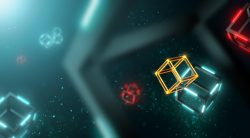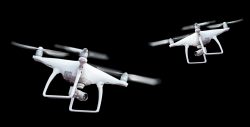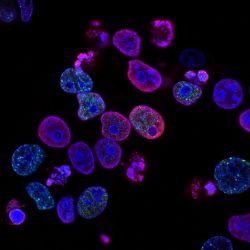Thanks to photonic technologies, we can control the light and the information it transmits, enabling the digital transformation of the world. And furthermore, doing it aligned with the objectives of sustainable development.
Photonic technologies are those that generate and exploit the properties of photons, the particles that compose light. Light travels at approximately 10 times the speed of electricity, so photons are used to transmit information through optical fibres or laser beams at the speed of light, allowing digital information to be sent around the world in milliseconds.
Laser systems, sensors, scanning and imaging systems, advanced lighting, communications, networks, data transmission systems, screens, displays, photovoltaic energy systems and quantum technology: these are the photonic technologies that are revolutionising the world.
Due to the intrinsic flexibility of light, it is also used to generate electricity through photovoltaic energy in the form of solar cells; to transform a wide range of materials by cutting, welding, coding and marking, thanks to the great variety of existing lasers; to study and measure distances with increasingly advanced LIDAR sensors; to characterise materials and molecules on the basis of their spectral properties, among many other applications.
Projects that are a reality: see our success stories
Photonic technologies are shaping the present and future of the 21st century without a limit being set for their applications.
Photonics is present in most of our daily life activities. We find it in everyday consumer electronics such as mobile devices, computer equipment, DVD or Blu-ray players or TV remote controls; in telecommunications particularly the internet; in health through various types of surgery and surgical equipment; in the manufacturing industry or in the entertainment world with holographic effects or laser shows. The versatility and transversality of photonic technologies has made them more and more essential in our daily life, without a limit being set for their applications.







